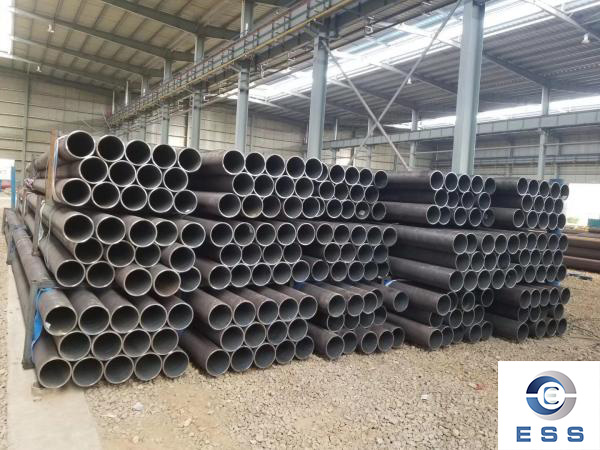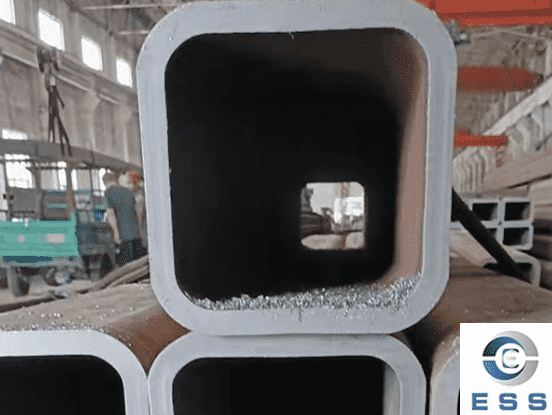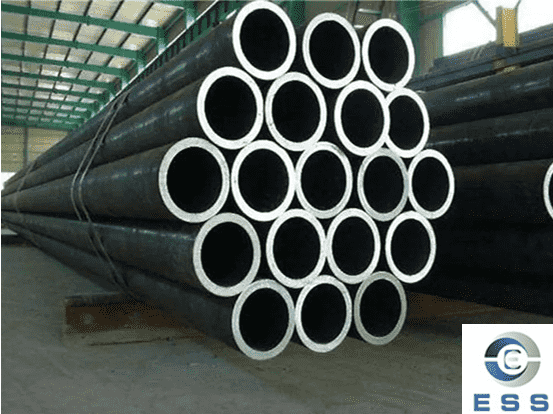Reasons for
heat exchanger tube leakage

Material quality issues
1. Improper material selection
When selecting materials for some heat exchangers, special conditions such as the corrosiveness of the fluid, high temperature and high pressure are not considered enough, resulting in material failure and leakage problems. This requires thorough performance evaluation and testing of materials before use in the heat exchanger.
2. Material defects
Hardened materials and poor smelting accuracy may cause material defects. Problems such as cracks, defects, burrs, holes, inclusions and cracks in the heat exchange tube will cause tube leakage. Unreasonable processes such as welding and cooling technology of the heat exchanger tube can also lead to leakage of the tube. Such problems require efforts in material selection, manufacturing and quality inspection to improve the quality level of materials.
Tube damage problem
1. Fatigue fracture caused by vibration
The heat exchanger tube runs in high-speed fluid for a long time. Under the action of corrosion and vibration of the fluid, fatigue fracture of the tube will occur, resulting in leakage. Such problems can be avoided by improving inspection and maintenance of pipe .
2. Damage caused by collision
During the operation of the heat exchanger, if the tube is hit by heavy objects or other hard objects, damage will occur, leading to tube rupture and leakage. Such problems can be avoided by improving the safety awareness of on-site operators and conducting regular inspections of equipment.
Improper operation problem
During the use and maintenance of the heat exchanger, improper behavior of the operator may also lead to leakage problems. For example, improper operation, excessive corrosion and erosion may cause damage to the pipe or problems at the interface between the pipe and other equipment, causing leaks. During the use of the heat exchanger, if it is not cleaned and maintained in time, corrosion will accumulate on the surface of the tube , resulting in leakage of the tube . To avoid such problems, operator safety training and equipment maintenance need to be strengthened.
Working temperature issue
The leakage of the heat exchanger is mainly caused by a small number of openings on the surface of the heat exchange tube. If some attachments on the outside of the tube are scratched and retained, you can find that the main causes of this phenomenon are:
1. Due to the difference in heat exchanger conditions and working temperature, the temperature is relatively high during operation. This will lead to a continued increase in the temperature of the scale layer in the heat exchange tubes, leading to localized vaporization areas and the creation of acidic media conditions;
2. In the later stage of evaporation of process water, some alkaline substances are evaporated, which converts the evaporation phenomenon of process water into acidic substances.
The influence of water pH value
The pH value of the process water was studied and inspected, and the resulting pH value was observed and analyzed. Comparing the pH changes of the process water before and after evaporation, it can be found that when the pH value is 8.58.8, the corrosion rate of copper is low, while the pH value of carbon steel pipe is above 9.5. The pH value of water is too high, causing corrosion of copper tubes. The main factors affecting the corrosion of carbon steel heat exchange tubes are: oxygen content and pH of feed water. When the dissolved oxygen in the feed water is too high or the pH value is too low, the inner wall of the heat exchange tube will deteriorate and corrode. The concentration of dissolved oxygen in the feed water should not be more than 7pg/L, and the pH value should be maintained between 9.39.6. If there is a Oxygen will cause oxygen corrosion on the outer wall of the tube bundle.
Effects of erosion
When the steam flow in the heat exchanger is high and the steam flow contains large water droplets, the outer wall of the tube is scrubbed and thinned due to the two-phase flow of steam and water, causing pressure perforation or rupture, and a steam-water two-phase is generated inside the heat exchanger. Main reasons for flow:
1. The steam inside and outside the superheated steam cooling section cannot reach the superheat required by the design;
2. When the outlet water level of the heat exchanger remains too low and the outlet water temperature is much higher than the design temperature, flash evaporation may occur. When the outlet water enters the next stage heat exchanger, steam will be generated, which will affect the impurities in the water by cleaning it.
Heat exchanger tube leakage solution
1. Material problem: The solution to tube leakage is to replace the heat exchange tube with good quality.
2. Manufacturing process issues: Improving the quality and inspection standards of the manufacturing process can effectively prevent tube leakage.
3. Maintenance issues: Timely cleaning and maintenance of the surface of the tube bundle during use can reduce the occurrence of tube bundle leakage.
4. Operating condition issues: Controlling operating conditions, such as inlet and outlet temperature and pressure, can effectively prevent pipe leakage.
Summarize
The causes of heat exchanger tube leakage are relatively complex. In addition to tube bundle damage, material quality, improper operation and other factors, there are also other factors. Only by fully understanding the causes of heat exchanger tube leakage and taking effective solutions can we ensure the normal operation of the heat exchanger and improve production efficiency and quality. However, as long as we strengthen management during the use and maintenance of equipment and improve the safety awareness and technical level of personnel, we can effectively avoid the occurrence of pipe leakage problems.













 Eastern Steel Manufacturing Co.,Ltd not only improve product production and sales services, but also provide additional value-added services. As long as you need, we can complete your specific needs together.
Eastern Steel Manufacturing Co.,Ltd not only improve product production and sales services, but also provide additional value-added services. As long as you need, we can complete your specific needs together.










